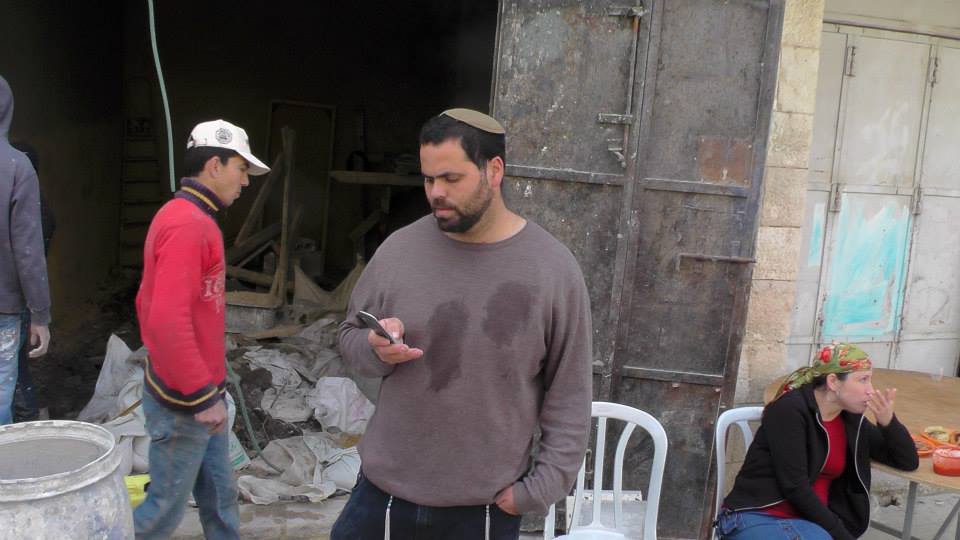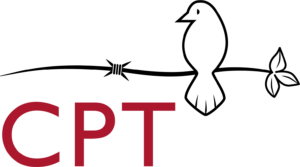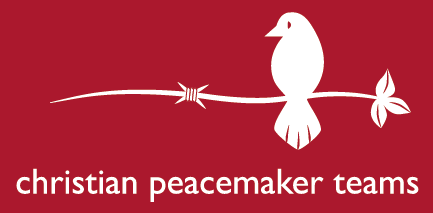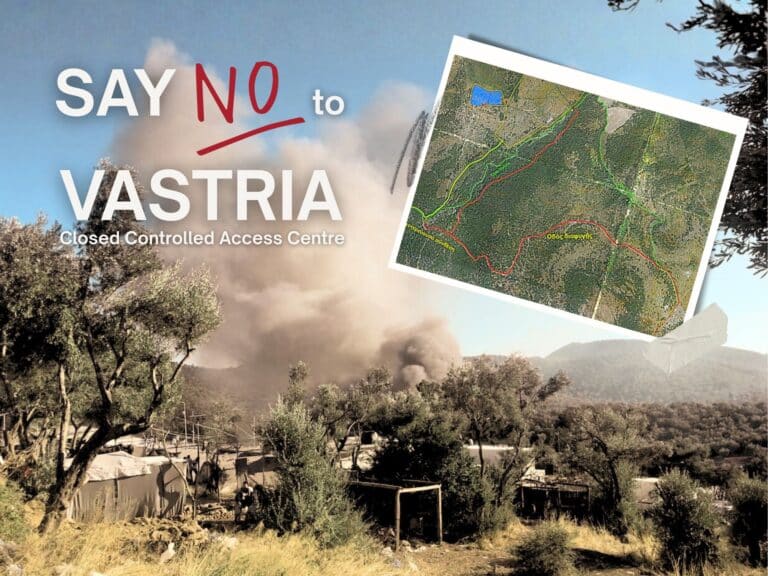CPTnet
14 July 2014
ABORIGINAL JUSTICE REFLECTION: The river still flows
by Chris
Sabas
 |
|
| Judy Da Silva, Slant Lake, Asubpeeschoseewagong (Grassy Narrows) October 2011 |
[Note:
This reflection has been adapted for CPTnet. Sabas, who has legal background, posted the
original on the Aboriginal Justice team’s Tumblr page.]
And the
sun still shines; at least as it appears to when I look outside my window, in
Toronto, Ontario. Rains, however,
have engulfed my heart and spirit, ever since I learned the Supreme Court of Canada ruled in favor on Friday
of Ontario’s “right” to permit industrial logging on Grassy Narrows’
(Asubpeeschoseewagong Netum Anishnabek) traditional lands.
“As
long as the rivers flows and the sun shines” (referencing Treaty #3) has become the cry of
resistance since 3 December 2002 when two members of the Grassy Narrows
community stepped in front of a logging truck hauling timber out of clear cuts,
located on their traditional territory.
Their resistance has become the longest standing indigenous logging
blockade in Canadian history. Make
no mistake, it will continue.
“Our
supreme law is the Natural Law, and our right to live our way of life on our
territory is given to us by the Creator since time immemorial. Our grassroots women, youth and land users
will continue to maintain our blockade, our boycott, and our protest along with
our supporters from around the world who recognize that we are standing for all life,” wrote Judy Da Silva, Clan Mother and CPT
Partner (emphasis added).
The
Supreme Court of Canada says that “Ontario and only Ontario has the power to
take up lands under Treaty 3. This
is confirmed by constitutional provisions, the interpretation of the treaty,
and legislation dealing with Treaty 3 lands.” In theory, the Supreme Court of Canada represents and
affirms what people who run the Canadian legal system determine to be ‘the
highest law of the land’—as understood within their notions of law, order,
liberty and justice. Their courts
and system of government are supposed to be the epitome of civilization. Thus, the Supreme Court of Canada
applied these notions and understandings in its interpretation and legal
position, as it complies with applicable law.
But what
is law? Who determines law? What should be encompassed within the
umbrella of law? Less well known,
but just as, if not more, important, is the understanding that there is also an
oral version to each numbered treaty within Canada. For any numbered treaty to be understood, and appreciated, Canadians
must also take into consideration references to oral histories and traditions.
The Supreme
Court of Canada in its analysis of the history of Treaty #3, noted, “in the
early 1870s, Canada was a young country looking to promote Western expansion
and Confederation,” and eventually, the Ojibway “yielded ownership of their
territory, except for certain lands reserved to them.”
Missing
from the analysis is any recognition of oral histories or oral tradition. Missing from the analysis is the
acknowledgement that in indigenous traditions, the concept of land ownership
simply did not exist and because of this fact, no authority existed to transfer
absolute title to the Crown. In
other words, indigenous parties, to any treaty, almost universally maintain
that their laws would not allow for the transfer, sale, ceding, or releasing or
surrendering of land. Missing from
the analysis is any recognition for the need of reconciliation.
Interestingly,
the Court of Appeals, while ruling against Grassy Narrows in its decision
(which then culminated with the Supreme Court hearing the case), wrote, “This
process of reconciliation flows from the Crown’s duty of honourable dealing
toward Aboriginal peoples, which arises in turn from the Crown’s assertion of
sovereignty over an Aboriginal people and de facto control of land and
resources that were formerly in control of that people.” In other cases, Canadian courts have
acknowledged oral traditions. Why
not today? In one case, which I
use when I present on the Doctrine of Discovery, a court wrote, “Canada’s
Aboriginal peoples were here when Europeans came and were never conquered…the
honour of the Crown requires that rights be determined, recognized and
respected.”


